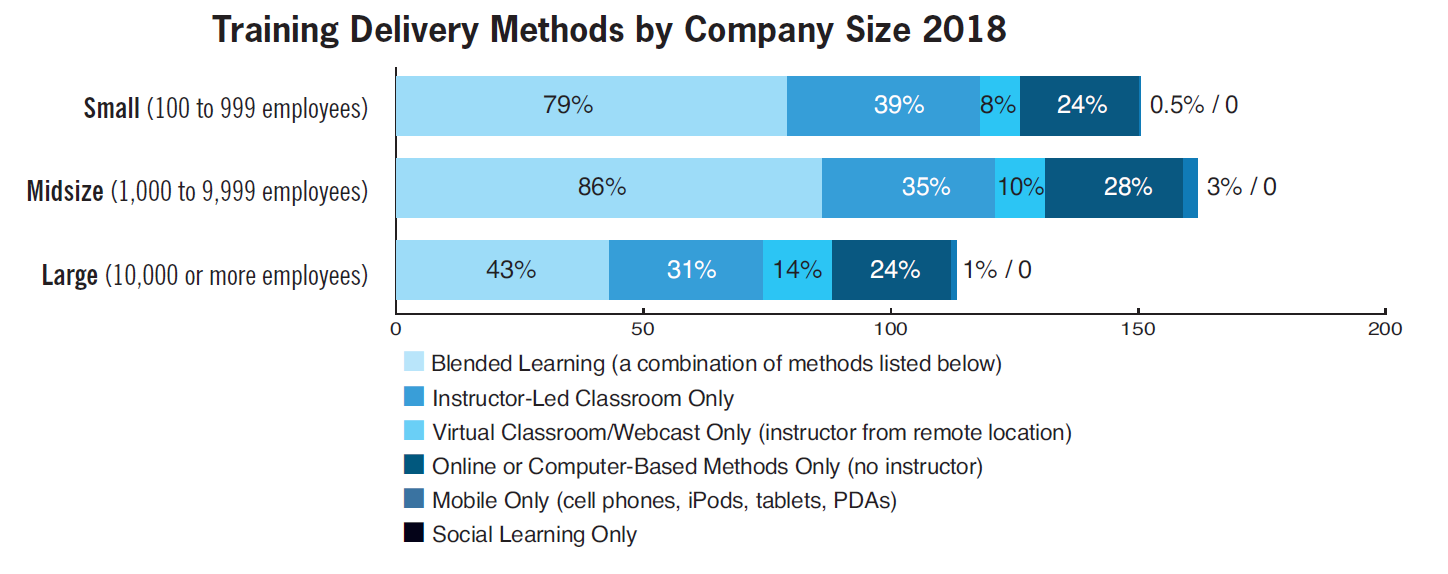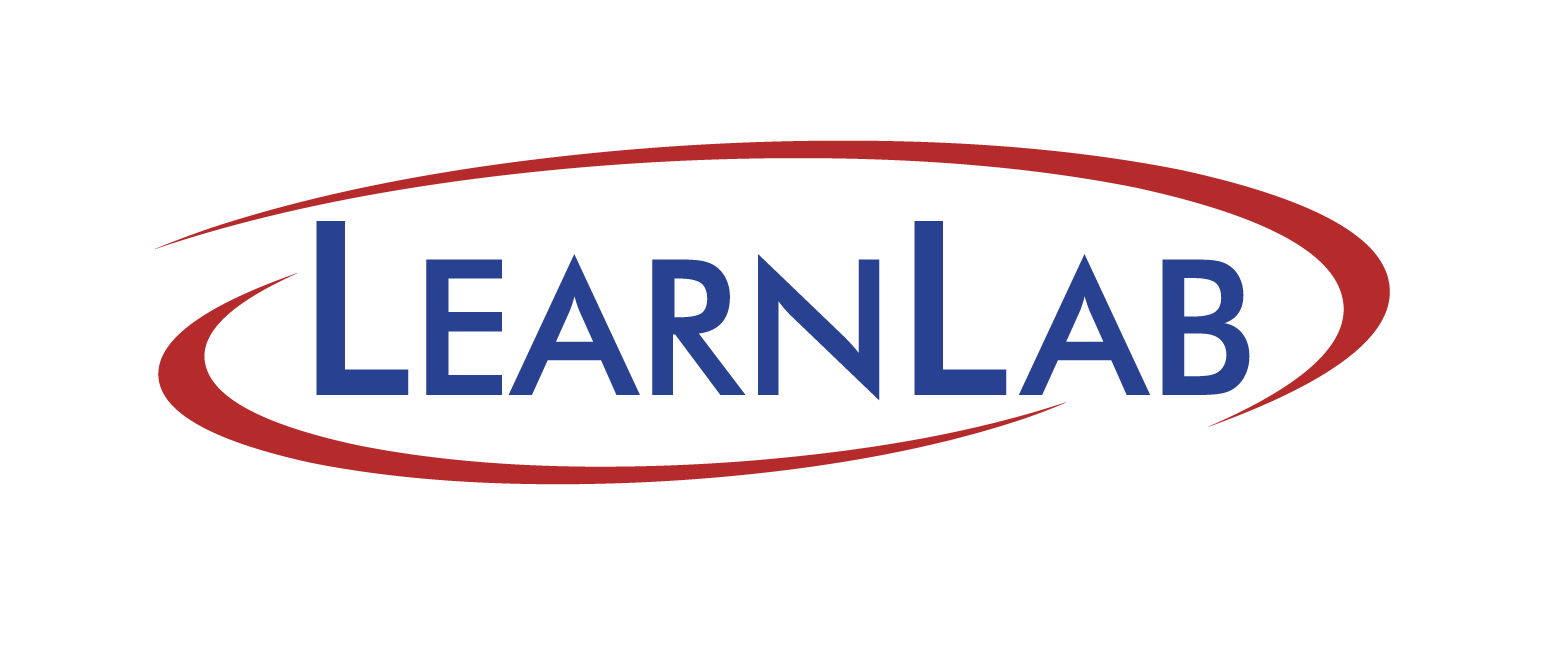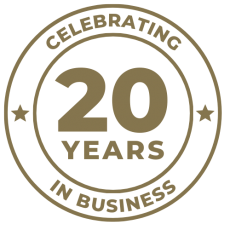Brainstorm New Ways to Attract, Engage, Retain, and Train Generation Z

by Kimberly Neal, Training & Development, ITU Corporation – August 2019
I found a great research article on training Generation Z workers by Zane L. Berge, PhD and Mark B. Berge published in the April 2019 edition of Performance Improvement. The full article is available through www.researchgate.net.
This chart outlines the attributes of Generation Z, and how those can be utilized to attract, retain, and provide effective training to these workers, who by next year will account for 24% of the global workforce. It is important to note as well that millennials will make up 35%. That means that these two generational groups will make up more than half of the global workplace in 2020!
Information in these charts could be incorporated into your thinking about recruiting efforts, as well as your training and development strategies:
| ATTRIBUTE | DESCRIPTION/EXAMPLE |
| Hard to find a job | 7 in 10 (69%) Americans ages 18-24 believe that it is harder to find a job now than in previous generations. |
| Raised for success | 6 in 10 (63%) say the way their parents raised them has prepared them to go after the job they want. |
| Career more than money | Priorities for American youth boil down to career advancement (34%) and paying down debt (16%). Today’s American youth are thinking about their future and plotting their five-year plan. |
| Collaborative generation | The emergence of a collaboration generation is impacting the ways employers provide collaborative practices in the workplace. |
| Driving force for retention and engagement | The workplace Gen Z seeks has been largely shaped by their upbringing among a recessionary economy, rising healthcare costs, and mounting student loans. As a result, the driving force for retention and engagement of these workers centers around financial rewards, career advancement, motivation, and work/life balance. |
| Technology can be considered Gen Z’s sixth sense | If technology coursed through the veins of Millennials, then technology can be considered Gen Z’s sixth sense. Any organization seeking to recruit, engage, and retain these generations will be hard pressed if they aren’t incorporating emerging social and digital technologies into the workplace. But it’s not as easy as simply providing access to these tools; these generations also struggle to rein in the distractions of such technologies. |
| Entrepreneur | 37% of Gen-Zers aspire to be a leader in a company they start or own, manifesting a problem-solving style. |
| Work in multiple countries | 1 in 4 (26%) Gen-Zers plan to work in two countries; 1 in 5 (19%) plan to work in three countries. |
| Communication style | 39% of Gen-Zers say “in-person” communication is the most effective method |
| Value diverse workplaces | 37% of Gen Zers most value “different points of view”; 33% most value “different fields of specialty”. |
| Loyalty | 1 in 4 of Gen-Zers expect to work at the same company between 1 and 2 years; 29% expect to work at the same company between 3 or 4 years; and half (49%) expect to work in their current industry for their entire career. |
| Co-workers enable their best work | Gen Z and Millennials say the top workplace attribute that enables them to do their best work is: 56% – the people I work with, 52% — the type of work I do, and 38% – the ability to both focus and collaborate in my workspace. |
| Training | Ongoing and essential |
| Learning style | Technology-based |
| Leadership style | Teaching |
| Feedback | Expect consistent and frequent |
| Change management | Change is expected |
| Creativity and innovation | Gen-Zers are great at looking for ways to change, improve, and improvise, which does lead to innovation |
| Diversity | The diversity of this generation and their mindset about diversity will be a huge driver of innovation. |
| Good listening skills | Good listening skills are underestimated in every generation, but Gen Zers particularly want to develop them. |
| Honesty/integrity | 38% of Gen-Zers say they value honesty or integrity the most as the single characteristic among the following: mentoring ability, passion, vision, compassion, and intelligence. |
| Gaps in professionalism | Includes soft skills like self-evaluation, personal responsibility, a positive attitude, good work habits, and people skills. |
| Gaps in critical thinking | With the essential soft skills of proactive learning, problem solving, and decision making |
| Gaps in followership | Built on key behaviors of respect for context, citizenship, service, and teamwork |
Sources: Half, 2015; Tulgan, 2015; Future Workplace & Randstad, 2016; Adecco, 2014
Another interesting quick reference I found was in a June 2018 article from Plumbing & Mechanical magazine (www.PMmag.com) by Merry Beth Hall. She suggests simply adjusting the words and phrases used to describe job positions to attract more Generation Z workers.
She notes that “Gen Z wants to know they are valued and that the business owner cares about their success.”
Some additional key factors when deciding on a career path include:
- Companies that give back to the community, and who offer meaningful work
- Job perks or benefits up front
- Growth opportunities and career advancement potential
- Careers that support collaboration, flexibility, training, and stability
Here are her suggestions for a “revamp” of common recruiting terms:
| INSTEAD OF… | TRY… |
| Helper | Paid Internship |
| Must be able to follow directions | Able to collaborate on projects |
| Describing company history | Describing what the company does for the community |
| Saying they will be assigned to a supervisor | Emphasize that on-the-job mentors will be provided. |
| Stating that benefits are offered | Listing all the benefits you offer, including training |
| Describing in detail all tasks required of position | Describe how the job helps people |
| “Strong interpersonal skills needed” | Leave it out. Understand that you will need to train soft skills to meet your company’s expectations |
| Specific expected hours a week worked | Mention flexible work schedules available (if possible) |
| Only information about specific job responsibilities | Mention potential for career growth |
I thought this was an interesting concept so I did a quick search for “apprentice” in my local area on Indeed an found quite a disparity between listings. It was very clear which companies had put some thought into how they described the job, what potential for growth was available, what the company was about, the benefits of the apprenticeship, etc.
It is a hard truth, but making your position description sound more appealing could make all the difference in finding the right young talent for your organization. This is particularly true for the Skilled Trades area, which has been fighting against the Skills Gap for years now. Of course, bringing industry, education, and government together to create pathways to these “middle skills” jobs is infinitely more important than a simple job description, but I think the idea of using specific content that appeals to the younger workforce is a “no-brainer”. At a minimum, if it is not part of a recruiting strategy, perhaps it warrants the start of a dialogue among key players in your talent and development team.
Highlights from the 2018 Training Industry Report

by Kimberly Neal, Training & Development, ITU Corporation – July 2019
Here are some highlights from the 2018 Training Industry Report, now in its 37th year:
- US companies spent $87.6 billion on training
- $986 per learner, and average of 46.7 hours of training in 2018
- Almost half of the companies reported that the training budget remained the same (48%)
- The biggest reason for budgets to increase was an increase in the scope of training (65%)
- The biggest reasons for budgets to decrease was a budget adjustment to reflect lower training costs (29%), a decrease in training staff (26%), but almost a third of respondents indicated other reasons (32%)
Delivery methods were different depending upon the size of the company, but a Blended Learning environment, followed by Instructor-led training is still the preferred method, and reflects a significant increase from 2017 – almost double.

Trends for 2019
This increase is also reflected in the trends for 2019. The term “blended learning” is now being expanded from the traditional idea of “e-learning and instructor-led” to include coaching, job shadowing, role-play, game-based learning, etc.
A shift in mindset is occurring in regards to training. Because the business environment of today is always shifting and evolving, so should the training employees receive. A shift from an event-based mindset towards more of a system thought process is taking place. Learning and Development professionals are looking to create a system, based on the organization, that can be continuously changed or updated, and that employees will interact with as they progress in their jobs.
Learner confidence is emerging as an important aspect of a training program. Using repetition and practice of key job skills can boost the learner’s confidence, and act as a catalyst to boosting their performance and productivity. Assessments are moving past just measuring knowledge transfer, and looking at other factors such as does the learner have the confidence to use that knowledge.
Training must become more proactive rather than reactive. This relates to both pre-boarding of employees and tackling issues that relate to risk management. Waiting until a crisis occurs to offer training is too late, and pinpointing key competencies and skills prior to filling a job role will enable new hires to decrease the time it takes to become proficient once in a job.
Make Training Worthwhile

by Kimberly Neal, Training & Development, ITU Corporation – June 2019
Ensuring that your employees get the most out of training is important. According to the 2018 Training Industry Report companies spent $87.6 billion dollars on training, with an average of $986 per learner. So, increasing your ROI on training personnel just makes good business sense.
An article from the Journal of Engineering Education found that retention rates increase when students are actively engaged in the learning process. Sheri Weaver, Learning & Talent Manager for HNI, highlights some key factors to consider to ensure effective training:
1-Why? Adult learners need relevance. Successful training programs are the ones who make sure to tell the employees not only what they will be expected to do in their job, but why it is important to the company. Set goals and make expectations clear at the start of a training session.
2—Don’t hurry. Allow learners a chance to first understand a process or concept, then give them adequate time to apply the learning and practice their skills. This is so important when teaching hands-on skills. As they practice, you can observe and offer feedback. Learning is cyclical, and practice builds confidence. The more a person practices a particular skill set, the more questions they will generate, and the more proficient they become. If the goal of your training program is to get your employees up to speed as fast as possible, then repeat these three basic steps with learners: tell, show, experience.
3-Who? Choosing the right person to conduct the training may seem like a no-brainer, but having all the right technical background may not ensure that a person has the patience or communication skills needed to be a successful trainer.
4-Don’t stop improving. Training programs need to be evaluated on a regular basis in order to improve. New employees can offer a great opportunity for this. Connect with them on a regular basis to gain feedback.
A few final thoughts – conducting a needs analysis or other form of assessment prior to beginning a training program is essential. It can help pinpoint key learning objectives, which then can be measured and evaluated for improvement. Accountability, for both trainer and trainee, is important as well so that employees take the learning seriously, and the trainer can strive for ways to consistently improve the training.



